In Fig. a coil B is connected to a low voltage bulb L and placed parallel to another coil A, as shown. Explain the following observations : (i) bulb lights (ii) gets dimmer if the coil B is moved upwards.
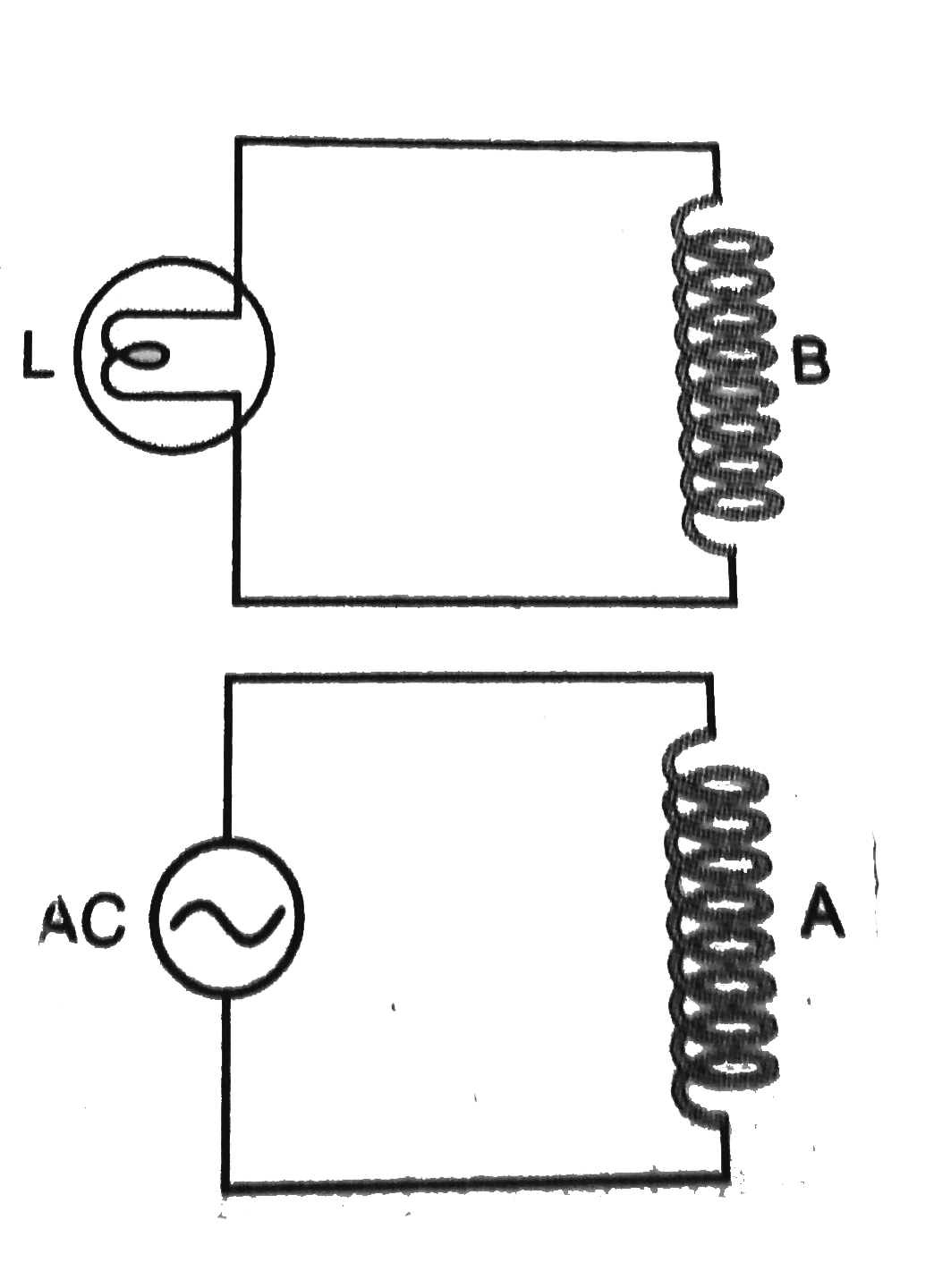
(i) Bulb lights because of emf induced in coil B due to mutual induction between A and B (ii) On moving coil B upwards, coeff, of mutual inductance (M) decreases. Induced emf (e) decreases. Bulb gets dimmer.
Topper's Solved these Questions
- BOOK - PRADEEPCHAPTER - ELECTROMAGNETIC INDUCTION & ALTERNATING CURRENTEXERCISE - Solved Examples (b)1videos
ELECTROMAGNETIC INDUCTION & ALTERNATING CURRENT
- BOOK - PRADEEPCHAPTER - ELECTROMAGNETIC INDUCTION & ALTERNATING CURRENTEXERCISE - Short Answer Qusetions2videos
ELECTROMAGNETIC INDUCTION & ALTERNATING CURRENT
- BOOK - PRADEEPCHAPTER - DUAL NATURE OF RADIATION AND MATTEREXERCISE - Exercise191videos
DUAL NATURE OF RADIATION AND MATTER
- BOOK - PRADEEPCHAPTER - ELECTROMAGNETIC WAVESEXERCISE - II Focus multiple choice question5videos
ELECTROMAGNETIC WAVES
Similar Questions
A coil Q is connected to low voltage bulb B and placed near another coil P as showns in Fig. Give reasons to explain the following observation : (a) The bulb B lights (b) Bulb gets dimmer if coil Q is moved toward left.
 View Solution
View SolutionA coil Q is connected to low voltage bulb B and placed near another coil P as shown in the fiugre. Give reasons to explain the following observations :
(a) The bulb 'B' lights.
(ii) Bulb gets diameter if the coil Q is moved towards left.
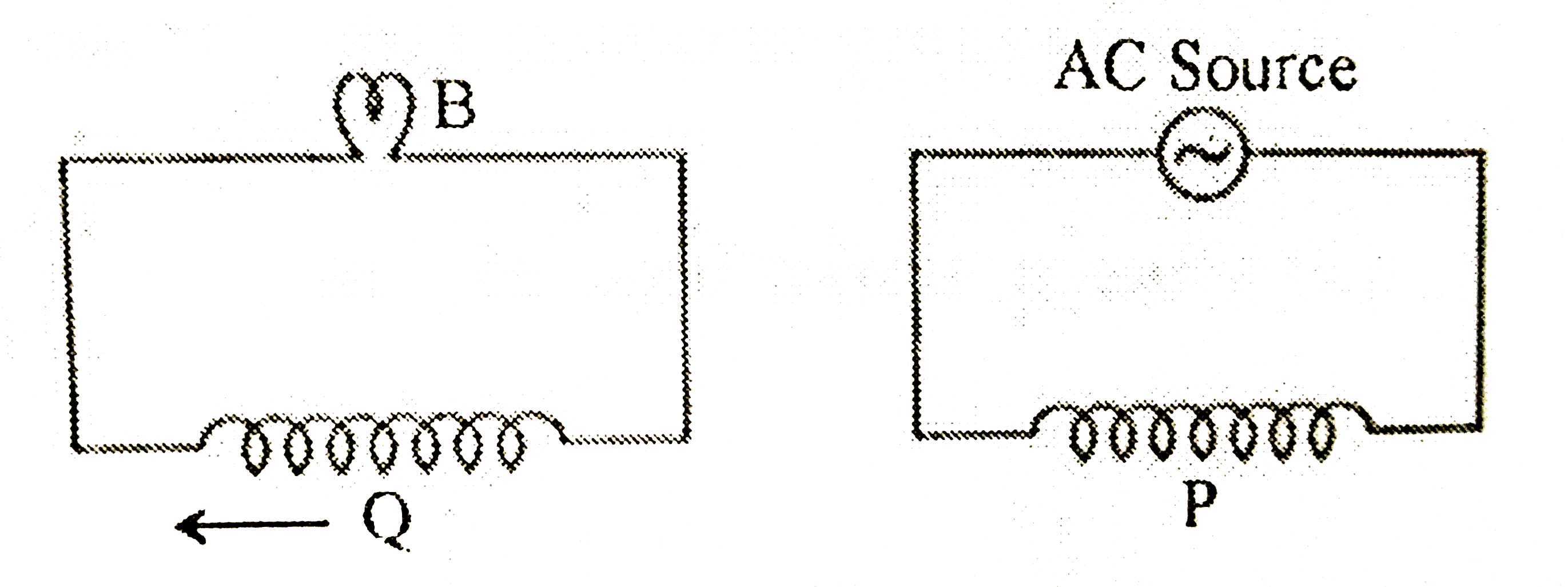 View Solution
View Solution
Knowledge Check
- Question 1 - Select One or More
There are two coils A and B as shown in Fig.
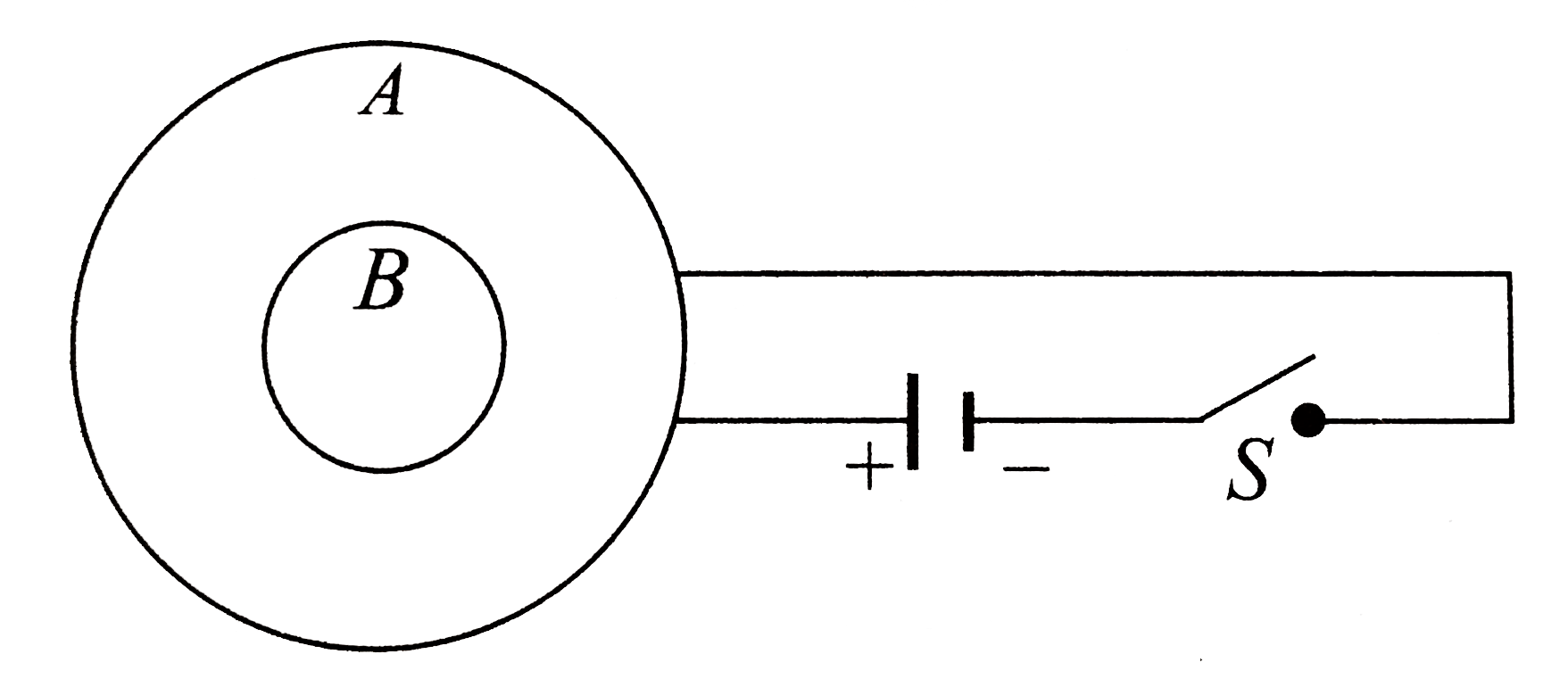 AWhen switch S is closed, the direction of the momentary current induced in coil B will be in anticlockwise directionBWhen switch S is closed, the direction of the momentary current induced in coil B will be in clockwise direction.CWhen switch S is opened, the direction of the momentary induced current in coil B will be in clockwise directionDWhen switch S is opened, the direction of the momentary induced current in coil B will be in anticlockwise direction.
AWhen switch S is closed, the direction of the momentary current induced in coil B will be in anticlockwise directionBWhen switch S is closed, the direction of the momentary current induced in coil B will be in clockwise direction.CWhen switch S is opened, the direction of the momentary induced current in coil B will be in clockwise directionDWhen switch S is opened, the direction of the momentary induced current in coil B will be in anticlockwise direction. - Question 2 - Select One
A battery is connected to an ideal solenoid and a light bulb in parallel (As shown in the following figure). When the switch is opened, the light bulb
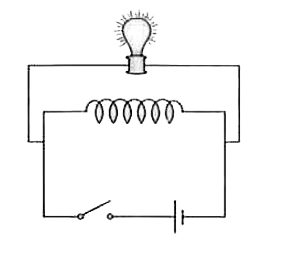 ARemains offBInstantly goes offCSlowly dims outDFlares up brightly, then dims and goes off
ARemains offBInstantly goes offCSlowly dims outDFlares up brightly, then dims and goes off - Question 3 - Select One
Three identical circular coils A, B and C are placed coaxial (with planes parallel to each other) The coils A and C equal currents in opposite direction as shown. The coils B and C are fixed in positions and the coil A is moved towards B wiyj uniform motion then -
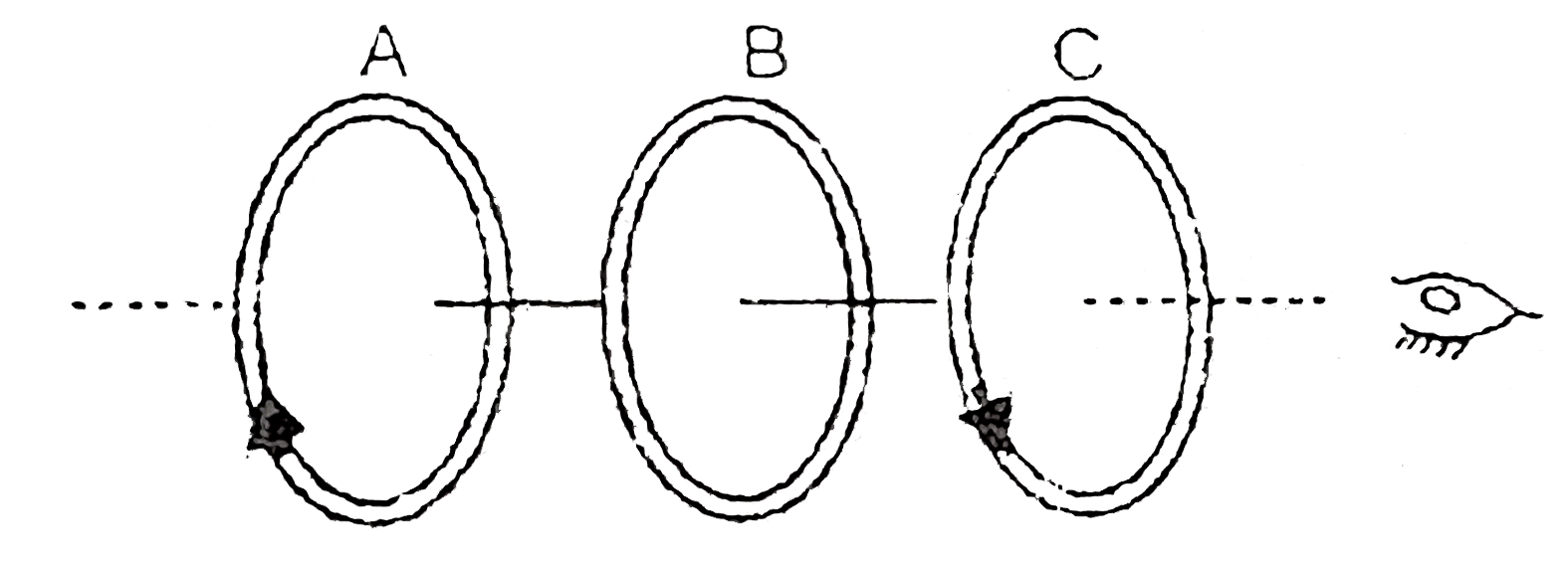 Athere is no induced current in BBcurrent produced by A and C in B will be equal and opposite, therefore net current in B is zeroCthere is an induced current in B which is in anticlockwise directionDthere is an induced current in B which is in clockwise direction
Athere is no induced current in BBcurrent produced by A and C in B will be equal and opposite, therefore net current in B is zeroCthere is an induced current in B which is in anticlockwise directionDthere is an induced current in B which is in clockwise direction
A coil Q is connected to low voltage bulb B and placed near another coil P as shown in the Fig. 6.46. Give reasons to explain the following observations:
(a) The bulb 'B' lights.
(b) Bulb gets dimmer if the coil Q is moved towards left.
 View Solution
View SolutionCoil A is connected to an ac source through a switch S. Coil B, kept close to A, is connected to a low voltage bulb (L). Explain the following observations.
(i) When S is closed, the bulb lights up.
(ii) With S closed if B is moved away from A, the bulb gets dimmer.
(iii) With S closed, if a copper plate C is inserted between the coils, the bulb gets dimmer.
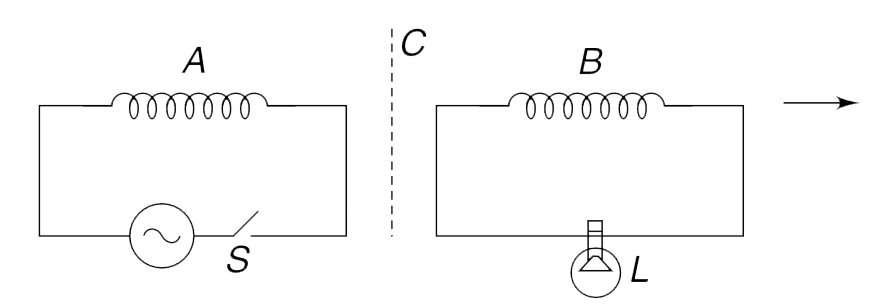 View Solution
View SolutionThree indentical closed coils A,B and C are placed with their planes parallel to one another. Coils A and C carry equal currents as shown in fig. Coils B and C are fixed in position and coil A is moved towards B with uniform motion. Is there any indenced current in B? If no, give reasons. If yes mark the direction of the induced current in he diagram.
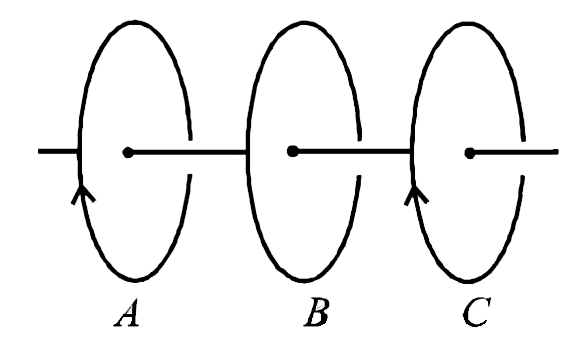 View Solution
View SolutionA coil is placed in a constant magnetic field. The magnetic field is parallel to the plane of the coil as shown in Fig. 3.28. Find the emf induced in the coil if B increasing.
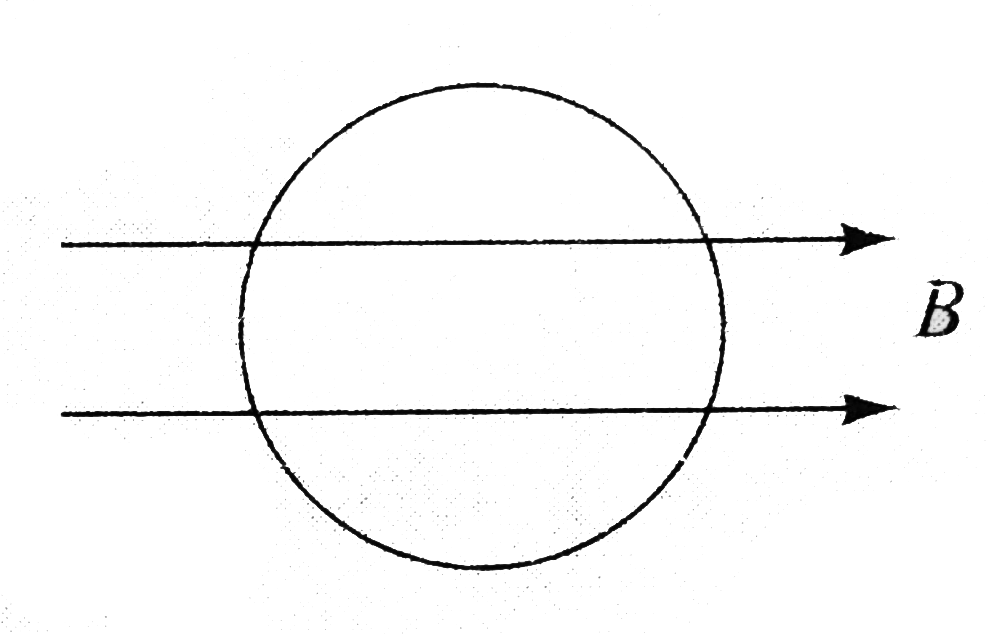 View Solution
View SolutionA coil A is connected to an A.C. ammeter and another coil B to A source of alternaing e.m.f. How will the reading of ammeter change if a copper plate is introduced between the coils as shown.
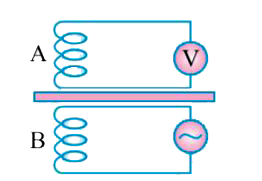 View Solution
View Solution

